COUNTY MAYO, IRELAND—A survey of the rocky island of Caher has identified an outer arc of altars or “leachts” that marked a station on a medieval maritime pilgrimage circuit. According to archaeologist Michael Gibbons, the circuit “represents a now rare example of a form of religious devotion stretching back at least a millennium on Ireland’s Atlantic coast.” The island is home to a monastery with a late medieval chapel; a series of stone crosses and small stone altars; a holy well; and a wall chamber where pilgrims or monks confined themselves in solitude. The island was abandoned in the early nineteenth century.
Christian Pilgrimage Station Found in Ireland
News February 4, 2014
Recommended Articles
Off the Grid November/December 2025
Bighorn Medicine Wheel, Wyoming
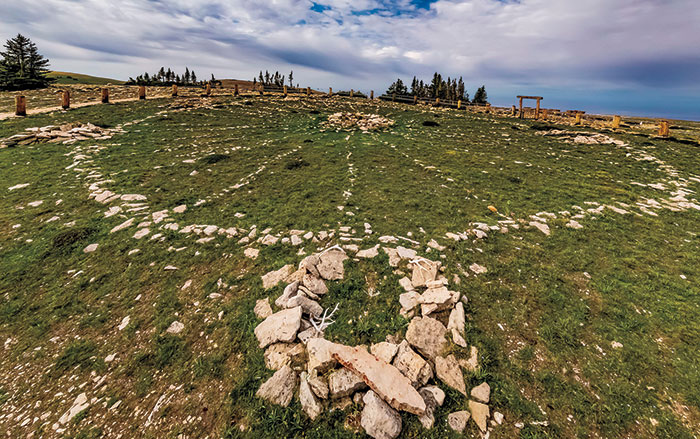
Letter from Mongolia November/December 2025
Building the Black City
Why the nomads of the Uighur Empire constructed a medieval urban center like no other
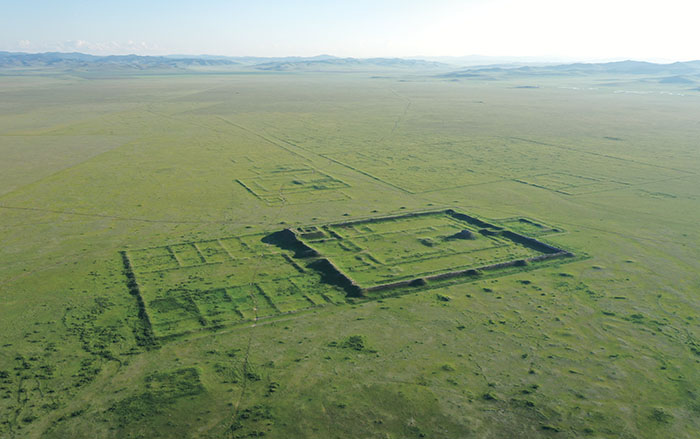
Digs & Discoveries November/December 2025
In His Majesty's Secret Service
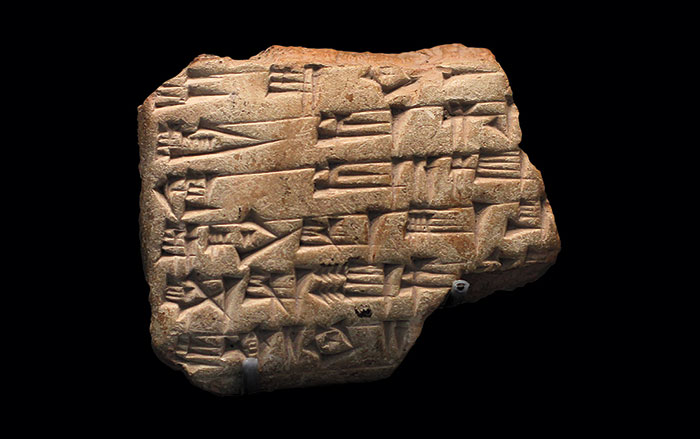
Digs & Discoveries November/December 2025
Washington Risks It All

-
Features January/February 2014
Stone Towns of the Swahili Coast
Along 2,000 miles of the East African coast, the sophisticated trading centers of the medieval Swahili reveal their origins and influences
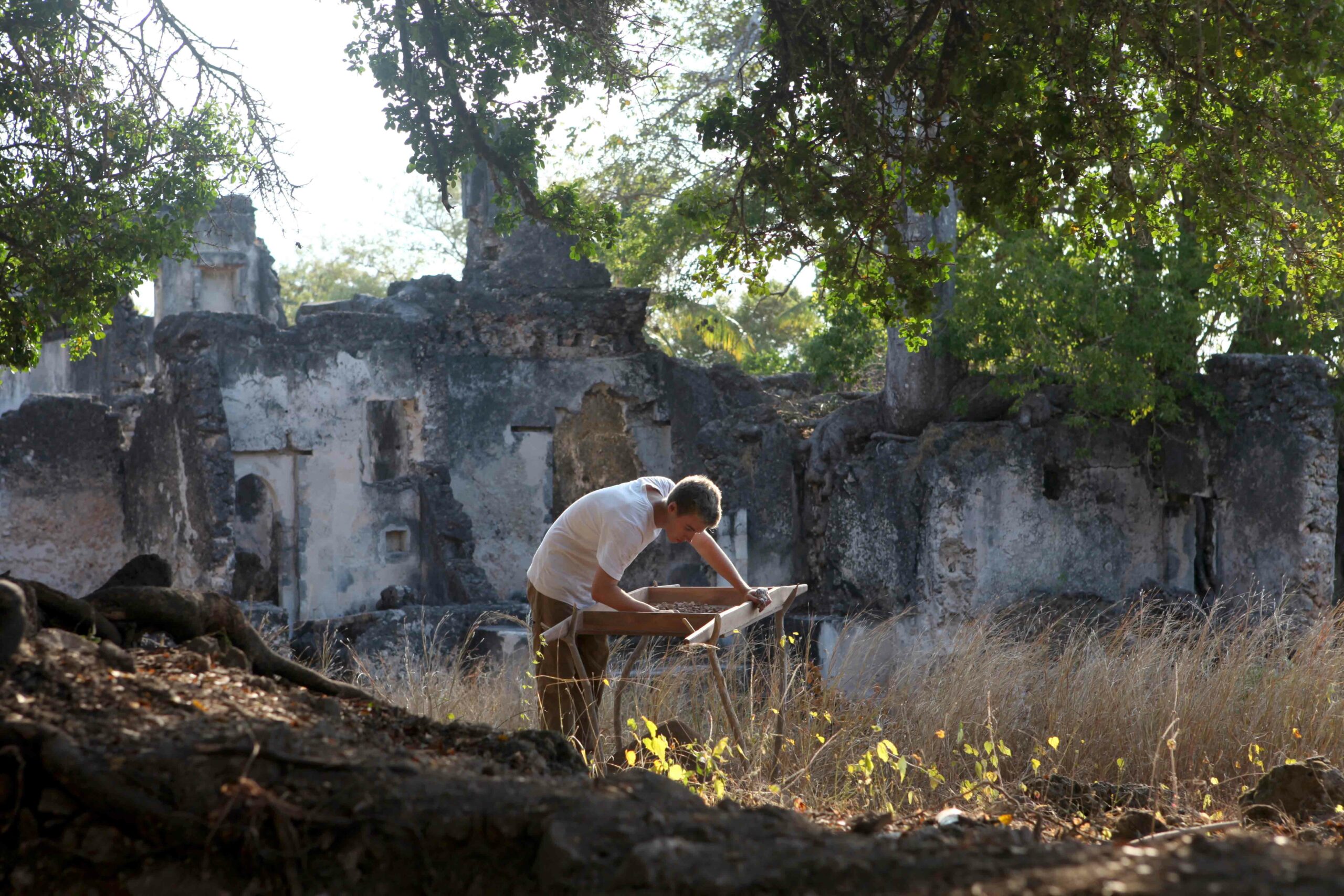 (Samir S. Patel)
(Samir S. Patel) -
Letter from England January/February 2014
The Scientist's Garden
Excavations in an English garden reveal the evolution of the nation's culture across thousands of years
 (Adam Stanford, Aerial-Cam)
(Adam Stanford, Aerial-Cam) -
Artifacts January/February 2014
Limestone Eagle
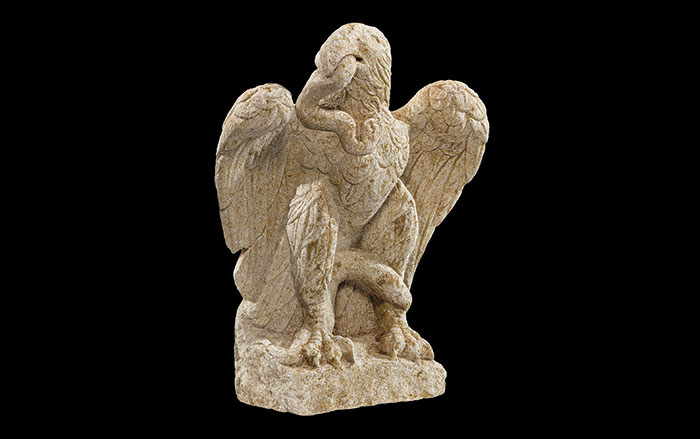 (Matthew Helmer)
(Matthew Helmer) -
Digs & Discoveries January/February 2014
French Revolution Forgeries?
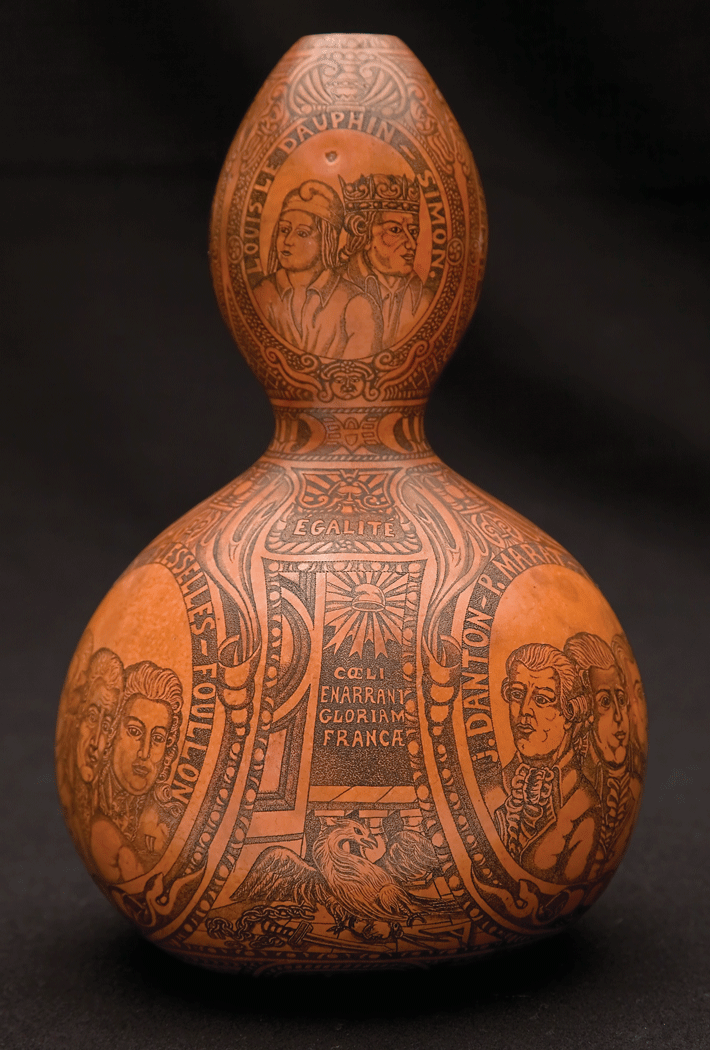 (Courtesy Davide Pettener/Paolo Garagnani)
(Courtesy Davide Pettener/Paolo Garagnani)

